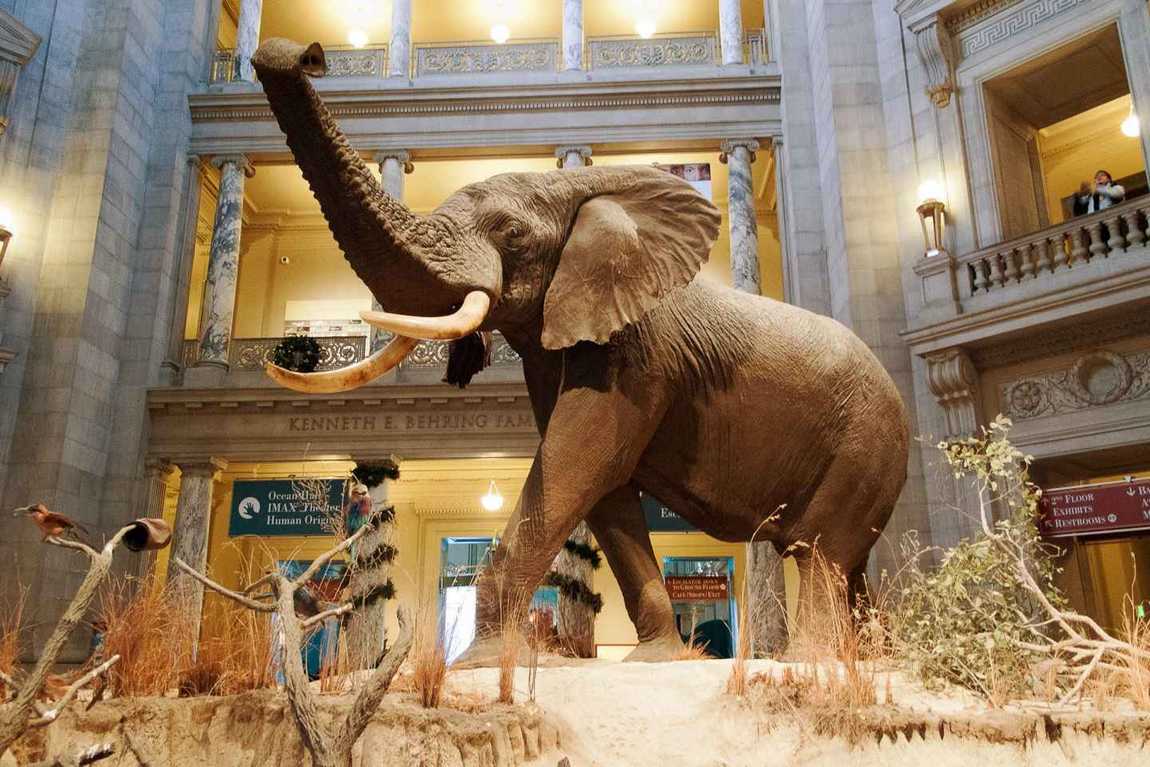How do you visit the world's most famous museums without queuing or tickets? How can you visit the Louvre, the Prado and the Hermitage in one weekend? How do you go on an after-school excursion to see a Neanderthal skull or a painting on an ancient Greek vase? How do you show your child paintings by famous artists? The answer to all these questions is to tour the best museums virtually.

What's good about virtual museum trips with children?
"Expensive, long, crowded" — these are why families with children often put off visiting famous museums. But when you visit the world's museums online, you don't have to deal with queues or crowds of tourists at favourite exhibits. From the comfort of your chair, you can stroll through magnificent palaces, study the fine details in Bosch's paintings, plan routes for future excursions, and even travel through time.
And there's no need to worry if your child gets cranky or tired. You can spend as much time in the virtual museum as you and your child want and return to the tour whenever you want.
Virtual tours and collections are often found on museum websites. You can also explore the world's museums online with the Google Art Project, which features panoramas and images of artworks from many museums worldwide.
Louvre virtual tours
Leonardo da Vinci's Mona Lisa is the most famous work in the Louvre (Paris). The Louvre has over 300,000 works of art in its collection. If you want to study the features of the Venus of Milos or write an essay on Delacroix's Liberty Leading the People, don't use the small reproductions in school textbooks, but open the Louvre's collection of selected works and admire its masterpieces.

You can take a virtual tour of some of the rooms. The image quality even allows you to see the old brickwork in the basement of the Louvre. Some exhibits you see during the virtual tour can be zoomed in on and given a brief description.
Other art museums around the world on the internet
The collection of masterpieces on the Prado Museum (Madrid) website can be sorted by theme. Why not introduce children to art by looking at a selection of paintings on the theme of "Trades and Crafts"? The paintings are in high resolution and can be zoomed in to see the smears of paint and small cracks in the older works.
The website is also easy to search by artist name, genre, date of creation and other parameters. If you speak Spanish, you can watch videos of the museum's most important masterpieces.
The Google Art Project has selected photographic chronicles of the Spanish Civil War dated 1936-1939 from the Queen Sofia Art Centre (Madrid). You can also see several dozen works by the Spanish cubist artist Juan Gris. A virtual tour of the halls gives you more of an impression of the Museum of Modern Art than an overview of its exhibits. You can also visit the Crystal Palace in the Retiro Park.
The Rijksmuseum, the famous art history museum of the northern Netherlands, offers a Google Street View tour that takes you virtually through its meticulously designed rooms. Go there to see works by geniuses such as Vermeer and Rembrandt.
Many of the Belvedere Gallery (Vienna) works have been digitised and are available on the museum's official website. Choose a period, a genre or a specific artist and enjoy the beauty. Fans of information shelves will love the Digital Belvedere project: reproductions of over 1,500 paintings provide concise information, and hyperlinks allow you to find comparable canvases. Don't miss the amazing interiors of the Upper and Lower Belvedere - the circular panoramas show the stucco and ceiling paintings; you can even see the veins in the marble.
An online visit to the Kunsthistorisches Museum in Vienna is also worthwhile — if only to show children Velázquez's delicate, moving portrait of the Infanta Margarita. Children may also be interested in a sphinx head or a Fayoumian portrait. Selected masterpieces are easy to find on the museum's website.
Virtual tours of the British Museum
Britain's Museum of History and Archaeology is the world's second most visited art museum after the Louvre. Its collection contains at least 8 million objects and spans two million years of human history. If you can't see the museum soon, take a virtual tour of the collections of the collections to closely examine the most famous objects and exhibits.
Virtual museum collections for students
These days, students don't prepare their lessons in the library — they can find the information they need on the Internet. However, it is much easier to describe the structure of marine mammals when standing in front of a stuffed whale. And it is easier to understand the construction of a steam engine when you see it in action. It's good that there are museums online where you can visit many exciting and valuable things.
Prepare for your precision lessons at the Deutsches Museum (Munich). You can find what you need on Google Panorama — a hydraulic turbine, for example. But much more information can be found in the Masterpieces section of the museum's website. A rich selection of photos describing the exhibits and essential technical details exist.
If your child doesn't feel like studying for a biology lesson, suggest taking the class to the virtual halls of the Smithsonian Museum of Natural History (Washington DC). Once in the Fossil Hall, students won't want to leave until they've seen Australopithecus Lucy, a savannah hunting scene, an orchid garden and basalt columns. The museum also has unique things, such as crocheted coral reefs.

The history of ancient Greece comes to life at the New Acropolis Museum in Athens. An internet journey through the museum's rooms reveals marble sculptures and bas-reliefs dating from the 6th and 4th centuries BC.
Children's toys nestle among ancient icons and contemporary photographs at the Benaki Museum in Athens. The Google Art Project collection includes an early 19th-century wooden horse head and a terracotta doll with moveable arms and legs, the kind of toys children played with in the 5th century BC.
Of course, virtual children's museums won't replace the real thing. But such online excursions can help you better understand your child's interests and plan a family holiday programme for the future. And we're always ready to share ideas and tips on where to have a good holiday with your child.





